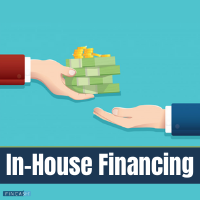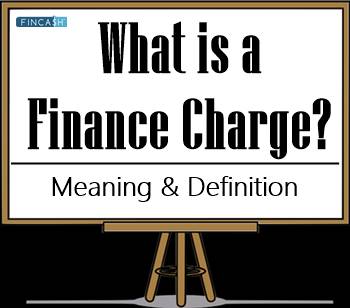Behavioural Finance
What is Behavioural Finance?
Behavioural finance is a field where the influence of psychology on the behaviour of investors and financial analysts is done. Influences and biases are considered to be sources for explaining the various kinds of Market conditions. This especially applied to the market anomalies in the stock market when it comes to rises and falls in the stock price.
The stock market is one such area of finance where psychological behaviour is quite evident. An individual’s psychological behaviour usually decides how the reaction to a stock price is which affects the rise and fall eventually. However, there are various other reasons that affect individuals behaviour and financial choices.

In behavioural finance, it is assumed that investors and financial analysts are not perfectly rational and self-controlled individuals, but psychological influence with normal and self-controlling tendencies.
Another key area of focus here is the influence of biases, which occur for various reasons. Understanding various types of behavioural finance concept can help in understanding how to study the Industry and results.
Talk to our investment specialist
Behavioural Finance Concepts
The field of behavioural finance has five main concepts.
1. Mental accounting
Mental Accounting refers to how people designate money for certain purposes. For example, they divide the money into different categories for use. An individual may not use the money from an emergency account for car Savings Account.
2. Herd behaviour
Herd behaviour refers to when people follow the actions and behaviour of a group of people. For example, if a large group is noticed panic buying or selling, an individual might follows too. This mostly happens in the stock trading.
3. Anchoring
Anchoring behaviour is when an individual attaches a specific spending level to a certain reference. For example, an individual may normally spend Rs. 400 for a shirt. However, a branded shirt would cost around Rs. 2000. The individual may think that the expensive shirt is the best and would end up spending an extra Rs. 1500 because of that anchor behaviour.
4. Emotional Gap
Emotional gap refers to an individual’s decision-making skills based on emotions such as anxiety, fear, excitement, happiness, etc. Emotions are often the key reasons why individuals may not make rational choices.
5. Self-attribution- Belief of being ‘Above Average’
Often times individuals rate their decision-making skills and intelligence as ‘above average’. For example, some investors might believe that they have a good taste in buying stocks that performs well. When that stock falls in the market, the individual will end up blaming the market and the Economy.
All efforts have been made to ensure the information provided here is accurate. However, no guarantees are made regarding correctness of data. Please verify with scheme information document before making any investment.












